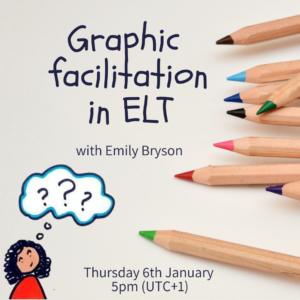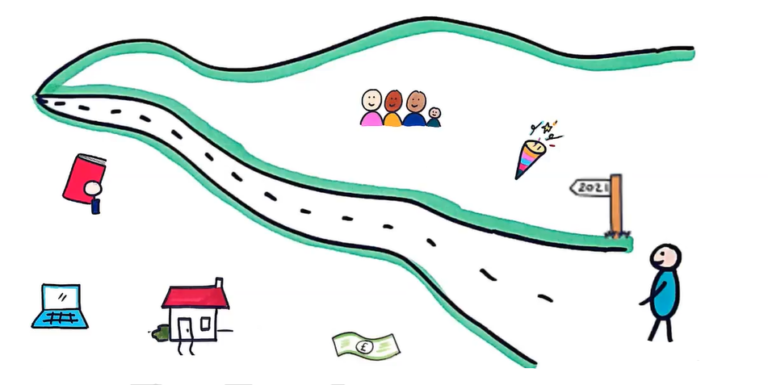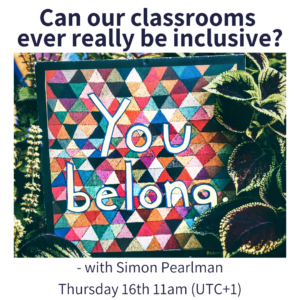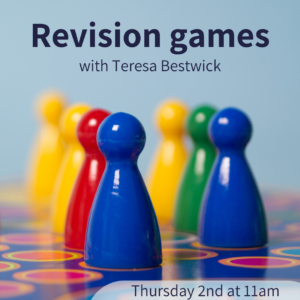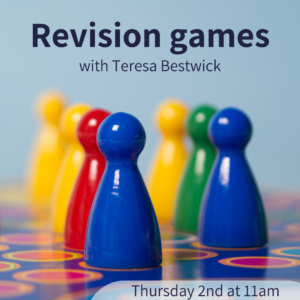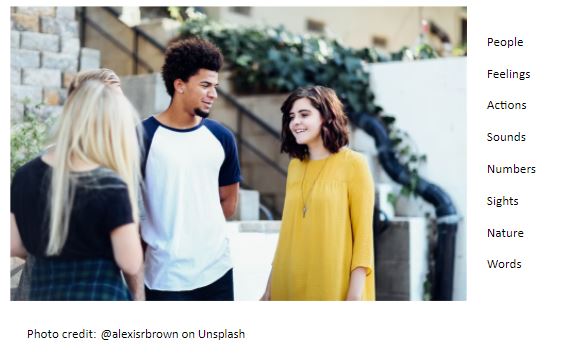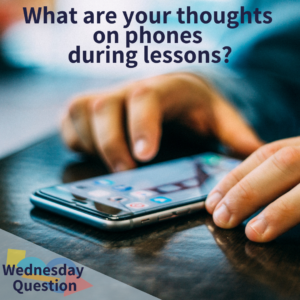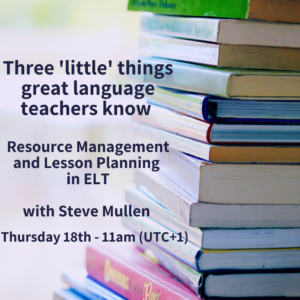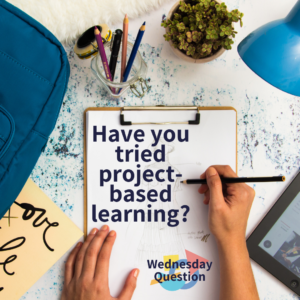



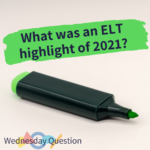
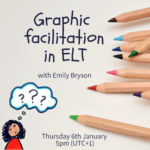
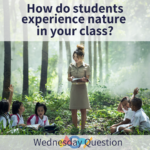

It’s been a while since the last Hub digest as we took a bit of a break over the festive season. However, there was a calendar of ELT content to keep everyone busy, as well as our Wednesday questions around thunk questions, laughter, ELT goals for 2022 and ELT highlights of 2021.
Then we kicked off the year with a fabulous webinar on graphic facilitation with Emily Bryson and chatted about bringing nature into the classroom in this week’s Wednesday Question. There have also been tips for using Wordwall in the classroom and a thought-provoking chat hosted by Simon Pearlman on whether our classroom can ever really be inclusive.
Coming up next week, Nergiz Kern will be joining us for a conversation about the metaverse and virtual reality language learning…can’t wait!
